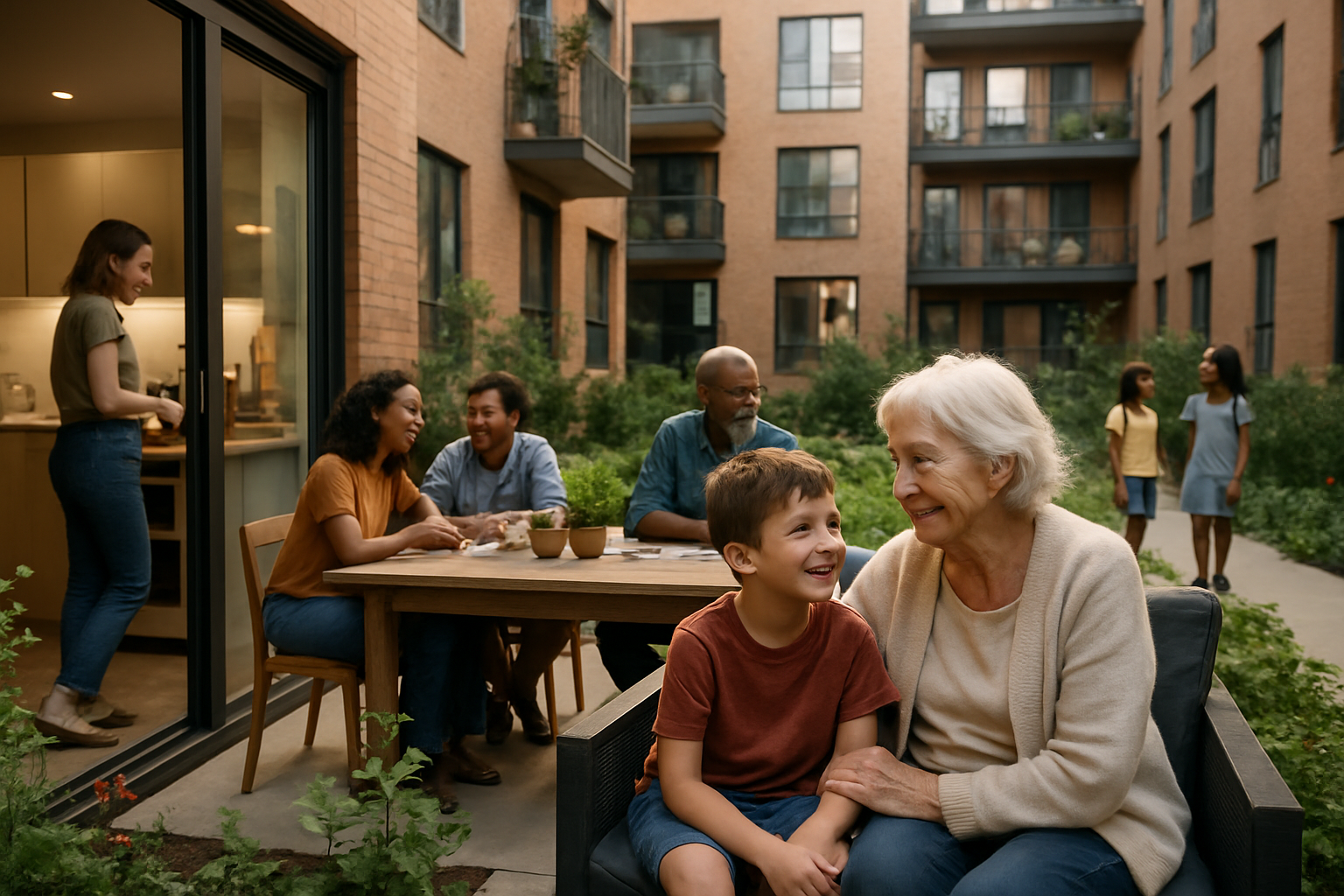No Waitlist Low-Income Apartments In 2025 - A Comprehensive Guide
Finding affordable housing without the stress of lengthy waiting lists has become increasingly important for families, individuals, and seniors across the United States. While traditional low-income housing assistance programs often involve extended waiting periods, several alternatives and strategies can help you secure affordable housing more quickly. This comprehensive guide explores the landscape of no waitlist low-income apartments in 2025, providing practical information for anyone seeking immediate housing solutions.

What Are No Waitlist Low-Income Apartments In 2025?
No waitlist low-income apartments represent housing options that offer immediate or near-immediate availability for qualifying individuals and families. Unlike traditional Section 8 voucher programs or public housing, these apartments don’t require applicants to join lengthy waiting lists that can extend for months or years. These properties may include privately-owned affordable housing complexes, Low-Income Housing Tax Credit (LIHTC) properties, or apartments participating in rapid rehousing programs.
Many of these properties operate under different funding mechanisms, such as project-based vouchers, state housing trust funds, or private affordable housing initiatives. The key advantage is that qualifying applicants can often move in within weeks rather than waiting years for assistance through traditional channels.
Benefits of Getting No Waitlist Low-Income Apartments In 2025
The advantages of securing no waitlist low-income apartments extend far beyond immediate housing placement. First, these options provide housing stability without the uncertainty of waiting periods, allowing families to plan their lives more effectively. This stability is particularly crucial for families with children who need consistent schooling and healthcare access.
Financial benefits include predictable rent costs typically set at 30% of household income, making budgeting more manageable. Many properties also include utilities in the rent or offer reduced utility costs, further reducing monthly expenses. Additionally, these apartments often provide access to supportive services such as job training, childcare assistance, or financial counseling, helping residents build long-term stability.
The immediate availability also means less time spent in temporary housing situations, motels, or overcrowded living conditions, which can be both expensive and stressful for families.
How to Get No Waitlist Low-Income Apartments In 2025
The application process for no waitlist low-income apartments requires strategic planning and preparation. Start by researching properties in your area through online databases, contacting local housing authorities, and reaching out to nonprofit housing organizations. Many areas maintain comprehensive lists of available affordable housing options that aren’t part of traditional waiting list systems.
Prepare all necessary documentation in advance, including proof of income, identification, rental history, and any relevant certifications or documentation of special circumstances. Having these documents ready allows you to apply immediately when opportunities arise. Consider working with local housing counselors who can help identify available properties and navigate application processes.
Contact properties directly and inquire about their application processes, as many no waitlist properties operate on a first-come, first-served basis. Some properties may have specific move-in periods or application windows that don’t involve traditional waiting lists.
No Waitlist Low-Income Apartments In 2025 Info for Seniors
Senior citizens have access to specialized no waitlist housing options designed specifically for their needs. Many communities offer senior-specific affordable housing complexes that provide age-restricted apartments with amenities tailored to older adults. These properties often include features like accessible design, transportation services, and social programs.
The USDA Rural Development program offers immediate placement opportunities in rural areas, while many urban areas have senior housing complexes funded through different mechanisms that don’t require extended waiting periods. Veterans may qualify for HUD-VASH vouchers, which often have shorter processing times than traditional vouchers.
Seniors should also explore naturally occurring retirement communities (NORCs) and investigate local senior service organizations that may maintain lists of immediately available affordable housing options. Many faith-based organizations and community groups also sponsor senior housing with faster placement processes.
Cost Breakdown and Pricing Structure
Understanding the cost structure of no waitlist low-income apartments helps applicants budget effectively and identify the most affordable options. Rental costs typically range from 30% to 60% of area median income, depending on the specific program and property type. For a household earning $25,000 annually, monthly rent might range from $625 to $1,250, depending on the program requirements and local market conditions.
Additional costs may include application fees ranging from $25 to $100, security deposits equivalent to one month’s rent, and utility deposits if utilities aren’t included. Some properties require renters insurance, typically costing $10 to $30 monthly.
| Housing Type | Average Monthly Rent | Income Requirements | Additional Costs |
|---|---|---|---|
| LIHTC Properties | $600-$1,200 | 50-60% AMI | $50-$100 deposits |
| Project-Based Vouchers | 30% of income | Varies by program | Utilities may be included |
| State-Funded Housing | $500-$1,000 | 30-50% AMI | Application fees $25-$75 |
| Private Affordable Housing | $700-$1,400 | 60-80% AMI | Security deposit required |
Prices, rates, or cost estimates mentioned in this article are based on the latest available information but may change over time. Independent research is advised before making financial decisions.
Regional Availability and Market Trends
The availability of no waitlist low-income apartments varies significantly across different regions of the United States. Urban areas typically offer more options but face higher demand, while rural areas may have fewer properties but also less competition. States like California, New York, and Texas have invested heavily in affordable housing initiatives that include rapid placement programs.
Emerging trends in 2025 include increased funding for affordable housing development, expansion of project-based voucher programs, and innovative public-private partnerships creating more immediate placement opportunities. Many states are also implementing policies to streamline application processes and reduce administrative delays in affordable housing programs.
Understanding the specific landscape of affordable housing in your area requires research into local housing authorities, state housing finance agencies, and regional nonprofit organizations specializing in housing assistance. These resources can provide the most current information about available properties and application processes in your specific location.




